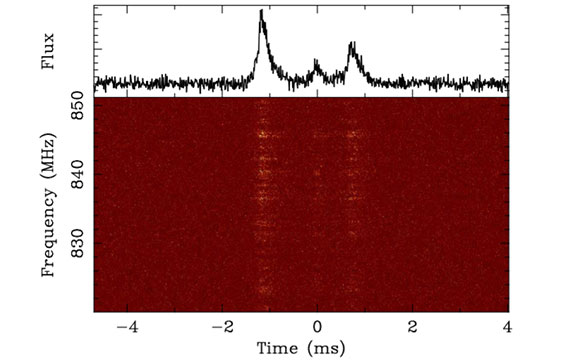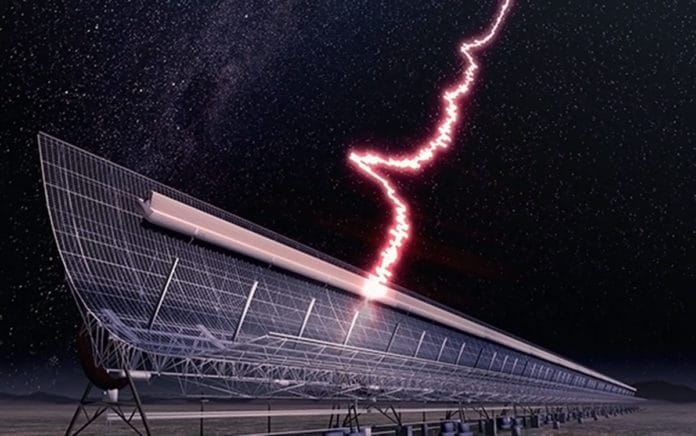A Swinburne Ph.D. student, Wael Farah has developed an AI system that can revolutionize the capacity to distinguish and capture fast radio bursts (FRBs) progressively. The system has already identified five bursts – including one of the most energetic ever detected, as well as the broadest.
Mr. Farah trained the on-site computer at the Molonglo Radio Observatory near Canberra to perceive the signs and signatures of FRBs and triggered an immediate capture of the fines details seen to date.
The burst was distinguished close to their arrival in the Molonglo Radio Telescope, producing high-quality data that enabled Swinburne analysts to examine their structure precisely and accumulate clues about their origin.
Mr. Farah said, “His interest in FRBs comes from the fact they can potentially be used to study matter around and between galaxies that is otherwise almost impossible to see.”

“It is fascinating to discover that a signal that traveled halfway through the universe, reaching our telescope after a journey of a few billion years, exhibits complex structure, like peaks separated by less than a millisecond.”
Molonglo project scientist, Dr. Chris Flynn says: “Wael has used machine learning on our high-performance computing cluster to detect and save FRBs from amongst millions of other radio events, such as mobile phones, lightning storms, and signals from the Sun and pulsars.”
Australian Research Council Laureate Fellow and project leader, Professor Matthew Bailes says: “Molonglo’s real-time detection system allows us to fully exploit its high time and frequency resolution and probe FRB properties that were previously unobtainable.”
The five bursts were found as part of the UTMOST FRB search program – a collaboration between Swinburne and the University of Sydney. The University of Sydney owns the Molonglo telescope.
The results are published in the journal Monthly Notices of the Royal Astronomical Society.
